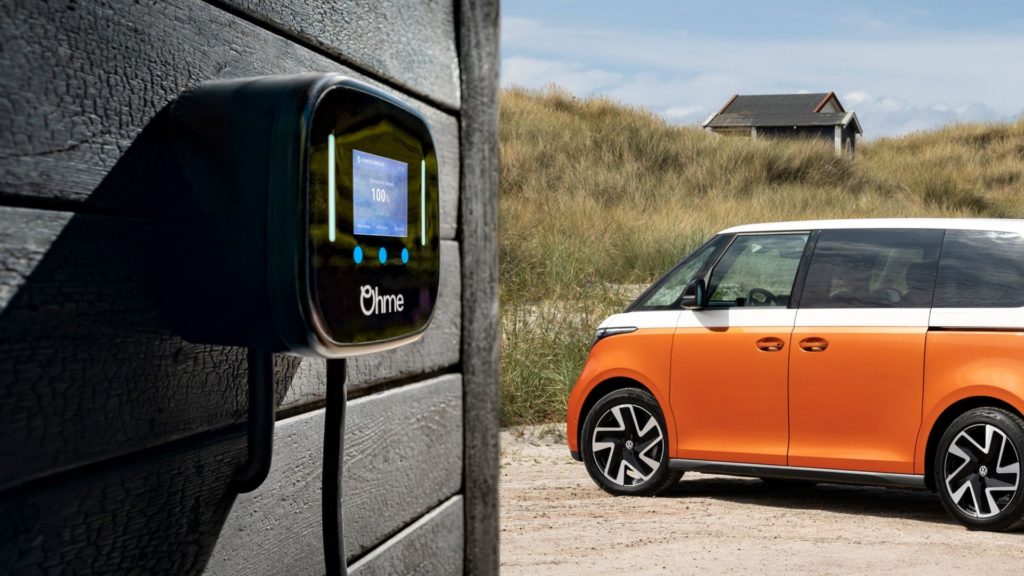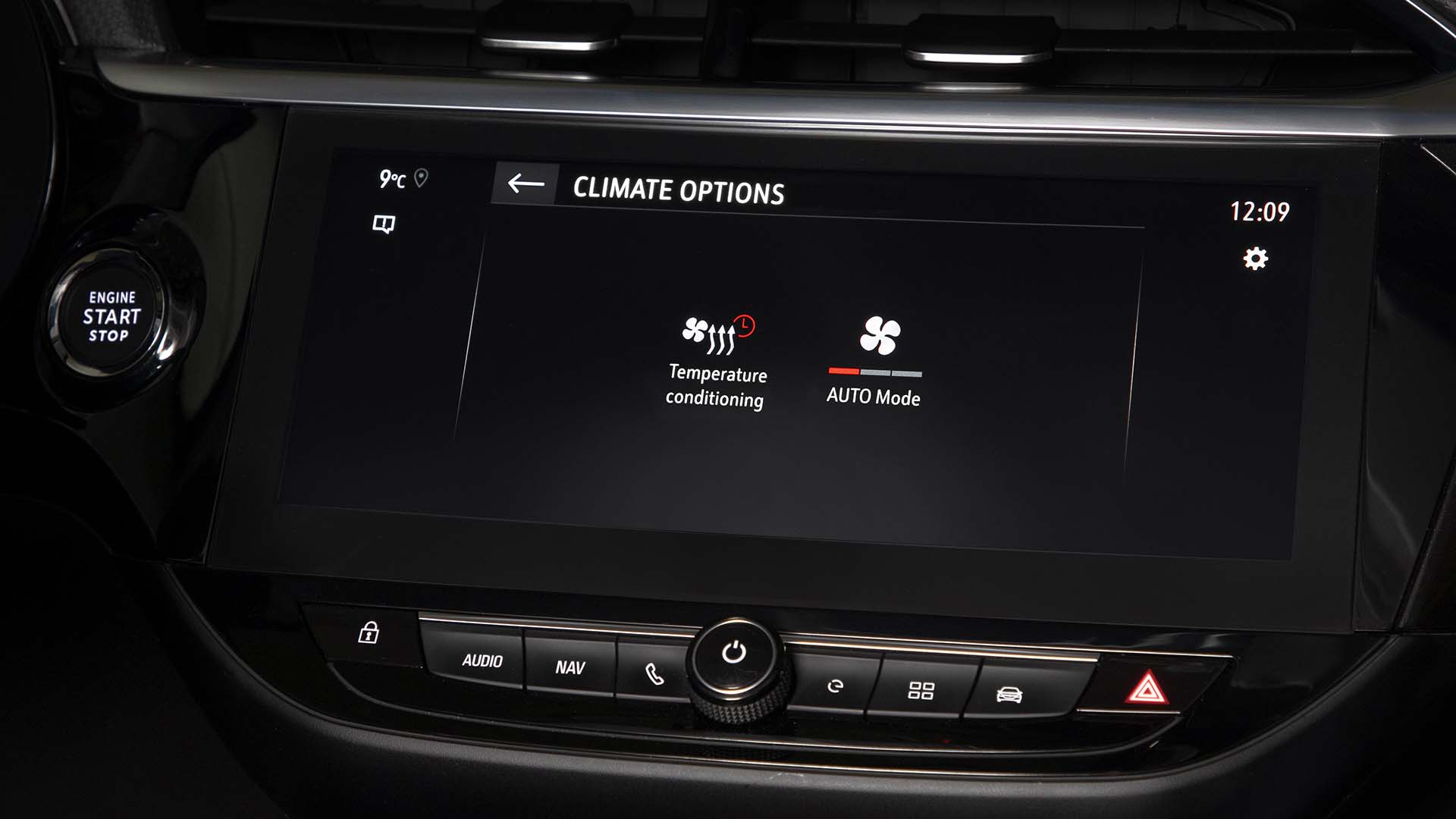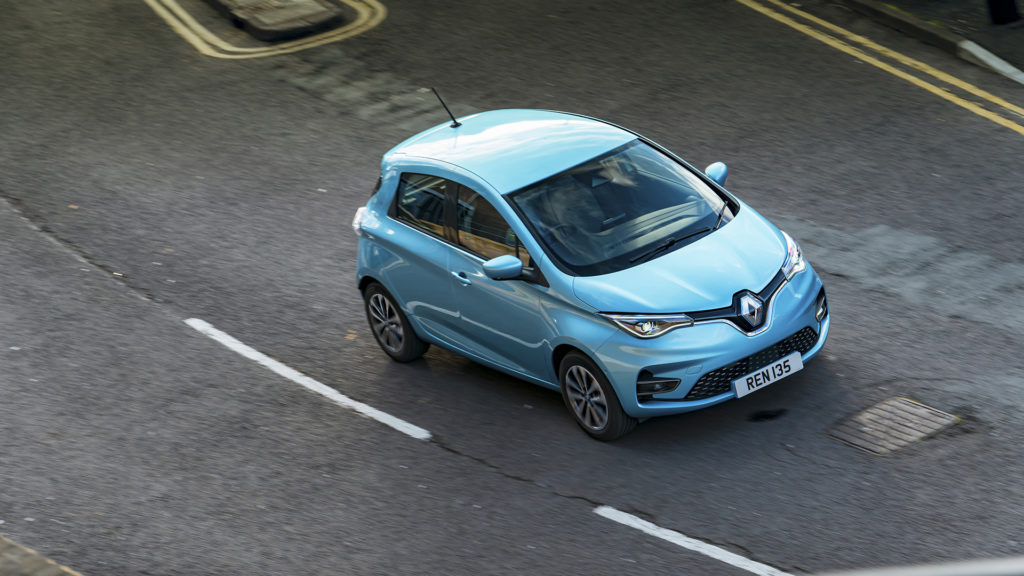Preconditioning is one of the lesser-known but genuinely beneficial features of electric cars. Whether it’s a scorching afternoon in the summer or a freezing morning in winter, preconditioning can make your life easier.
Put simply, preconditioning allows you to pre-heat or pre-cool the car’s cabin before you start your journey. Not only will you feel more comfortable, you will maximise your EV’s driving range and prolong the life of its battery.
Let’s call that a win-win-win situation. So, how does preconditioning work?
How does preconditioning work?

Preconditioning can be activated via the car’s infotainment system or a connected smartphone app. By scheduling your daily departure times, the car will heat or cool its interior to an optimum temperature set by you. Then you simply climb in and go.
Crucially, when the car is plugged in, electricity is drawn from the mains and not the car’s battery, so this has no impact on driving range. You start your journey with a 100 percent full battery, and won’t need to deplete it to heat or cool the cabin.
Also, because the car’s windows will be free of mist or ice when you climb aboard, you won’t waste time (and more electricity) waiting to clear or defrost them.
Does preconditioning improve EV range?

Preconditioning doesn’t add miles as such, but it will preserve the predicted range available at the start of the journey. Because you won’t need to use the air conditioning on a high setting, you’ll consume less energy.
If you are travelling alone, we recommend using the heated seat and steering wheel, if fitted, as these use less electricity than warming the entire interior.
It’s also worth noting that a cold battery can reduce electric range by up to 30 percent, which will have a significant impact during the winter months. Preserving range could be crucial to completing your journey without a charging stop.
Does preconditioning help the battery?

The lithium-ion batteries found in most electric cars are based on electro-chemical reactions that are slowed down by cold weather. During the winter, the battery thus provides less energy and will lose its charge more quickly.
Preconditioning warms the battery to optimum temperature using power from the mains, which will help preserve the cells. The knock-on effect of this is a longer battery life and the preservation of the car’s potential range.
In some sophisticated EVs, such as the Porsche Taycan, the battery is also heated or cooled automatically on the move to keep it within an optimum temperature range – and in anticipation of any charging stops programmed into the sat nav.
For more information on how preconditioning works in your particular electric car, consult the handbook or search online.
Get into the habit of preconditioning from the moment you take delivery of your EV. On every level, it simply makes sense.


Are you people genuinely mad or perhaps belong to a different planet? Are you seriously saying to prewarm or cool the car before getting in?? I despair honestly. Why dont you just make cars that actually drive a reasonable distance before running out of power oh and be genuinely climate friendly by not rippingup yet more of the planet looking for lithium.
Nutters
Yes let’s suck up billions of barrels of oil from the earth polluting the landscape, burning off the pesky gases while we do it. Then transport the black sludge in tankers all over the world, often spilling it on the way, and belching out smoke. Then refine it, releasing more gases, while consuming cobalt in the refining process; non-recoverable, unlike lithium in batteries. Then transport it to garages with more gas and particle pollution and spilling some on the way. Then burn it in millions of fossil engines, wasting about 80% of the energy in heat and noise waste, with added gas and particulate pollution to boot.
Nutters
Electric cars were never made or safe to travel long distances, they are NOT A REPLACEMENT for IC engine cars, Like a steam driven car its different.
A long distance ev must have a bigger and heavier battery which means more electicity to drive, also the bigger battery is less safe.
I drove all over Europe (800 to 1200Km per day, about 8 times in 6 months) in a Model Y and I had zero problems. Charging time was less than the brakes for eating/bathroom. So I don’t know where you get your info from.
What ev do you have – seems you made a bad choice or really don’t have any experience at all
Safest car in the world? Tesla model Y. Longer range perfectly achievable but cost is main limiting factor. Technology moving very fast and battery price and weight falling according to Moore’s law. EV is in its infancy. Is a perfect replacement for fossil car for about 80% of population and growing as range increases and cost decreases. Main drawback is charging infrastructure, which is not a function of EV technology but government and industry will.
Analogy with steam is perfect. Fossil cars will become museum pieces.